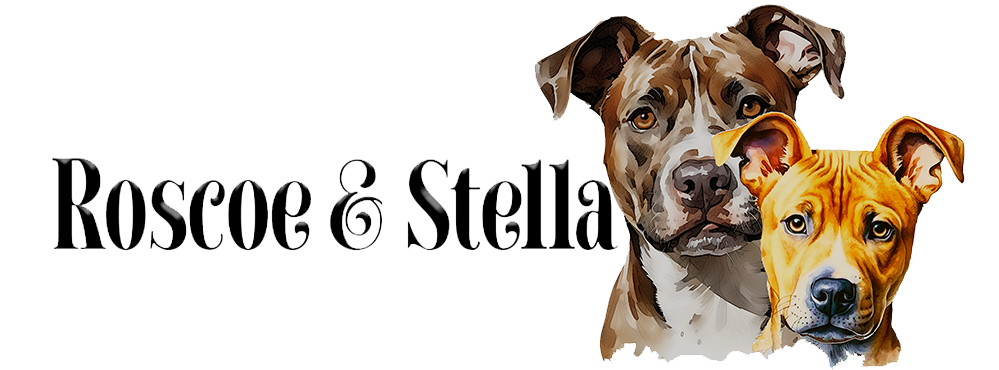Training Tips for Australian Shepherds with High Energy
By roscoenstella / June 26, 2025 / No Comments / Dog Blog
Australian Shepherds are known for their incredible stamina, sharp minds, and yes—their boundless energy. While these traits make them amazing working dogs and companions, they can also make training a challenge if you’re not prepared.
High energy doesn’t mean untrainable. It just means you need the right tools, routines, and mindset to work with your Aussie’s drive—not against it.
In this guide, we’ll share realistic, effective training tips to help you manage and channel your Aussie’s energy for better behavior, focus, and bonding.
Why High Energy Is Both a Gift and a Challenge
Australian Shepherds were bred to herd livestock over long distances, so they naturally crave movement and mental engagement. When that energy isn’t given an outlet, it often turns into undesirable behaviors such as constant barking, jumping, nipping at ankles, or even destructiveness. It’s important to understand that these behaviors aren’t signs of a bad dog—they’re signs of a bored or under-stimulated one.
That’s why traditional obedience training alone usually isn’t enough. You’ll need to combine physical activity, mental stimulation, and calm behavior reinforcement.
1. Start with Daily Energy Burn Sessions
One of the first steps to training a high-energy dog is ensuring they’ve had the opportunity to release that energy beforehand. Just like people, dogs struggle to concentrate when they’re bursting with excitement or restlessness.
Australian Shepherds benefit from structured, purposeful exercise. Instead of casual strolls, think of activities like brisk walks, structured fetch sessions, or tug-of-war that involve both movement and engagement. Two sessions a day, especially one in the morning and one in the evening, can set a solid foundation for a more trainable mindset.
Even 15 minutes of focused exercise—like fetch with structured rules (sit before you throw, drop it on return)—can be more beneficial than an hour-long walk without structure.
2. Use Short, Frequent Training Sessions
High-energy dogs often have short attention spans. Rather than long training sessions that can lead to frustration or overexcitement, try shorter and more frequent interactions. Aim for two or three 5–10 minute sessions throughout the day.
Use high-value rewards like small, tasty treats or their favorite toy. Keep the tone positive and sessions varied—switch between basic obedience, tricks, and recall to maintain interest. Always finish on a high note, even if it’s just a simple command like “sit” that your Aussie can nail every time.
These mini-sessions allow you to layer training into your dog’s daily routine without overwhelming them.
3. Teach Calmness as a Skill
Calm behavior isn’t always natural for an excitable Aussie—but it can be taught just like any trick. Begin by rewarding moments when your dog is naturally calm. If they choose to lie down instead of pacing, reward them with a quiet, gentle pet or a small treat.
Teaching a command like “settle” or “place” can be incredibly useful. This involves guiding your dog to a specific bed or mat and rewarding them for staying there calmly. With repetition, this becomes a reliable cue for winding down.
Avoid accidentally reinforcing overexcitement by keeping greetings low-key and rewarding calm instead of chaos.
🧠 Extra Help: Brain Training for Dogs
These small habits add up and will teach your dog that patience leads to rewards.
If you’re struggling to keep your Aussie focused, Brain Training for Dogs can help. This program offers step-by-step mental games that reduce hyperactivity and build better obedience over time.
👉 Click here to explore Brain Training for Dogs
Training a high-energy dog doesn’t have to be overwhelming—just smart, structured, and consistent.
4. Add Mental Stimulation to Your Routine
Aussies crave challenges that make them think. Mental fatigue is often more effective in curbing hyper behavior than physical exercise alone. When your dog is mentally tired, they’re less likely to act out.
Incorporate puzzle toys, scent games, or trick training into your daily schedule. Hide treats around the house and let your Aussie sniff them out. Teach new tricks like “spin,” “bow,” or “touch” to keep their brain working. Try agility or even home-made obstacle courses using cushions, cones, or furniture.
Rotating activities throughout the week prevents boredom and keeps them guessing—an ideal scenario for a brainy breed.
5. Practice Impulse Control Daily
High-energy Aussies often leap into action without thinking. This makes impulse control one of the most important skills to develop. It’s about teaching them to pause, listen, and respond rather than react.
Use everyday moments as training opportunities. Ask your Aussie to sit before being fed. Use a “wait” cue at doorways or before tossing a ball. If your dog is bouncing around at walk time, only attach the leash once they’ve calmed.
A Reader’s Story: Turning Hyper into Helpful
Derek from Alberta had a 7-month-old Aussie named Jasper who was non-stop energy from dawn to dusk. Jasper would bark, nip, and zoom around the house uncontrollably. Derek started doing short morning games of fetch followed by quick 5-minute training sessions before breakfast.
He also introduced brain games in the afternoon and rewarded Jasper when he settled calmly in the evening. Within two weeks, Derek said Jasper was more responsive, calmer indoors, and even starting to nap more often. “It wasn’t about exhausting him—it was about engaging him,” Derek shared.
Final Thoughts
Training a high-energy Australian Shepherd isn’t about wearing them out—it’s about working with their instincts, providing structure, and setting them up for success. When you meet their physical and mental needs, obedience becomes easier, and your bond grows stronger.
It may take effort, but the rewards of living with a well-adjusted, responsive Aussie are worth it.
